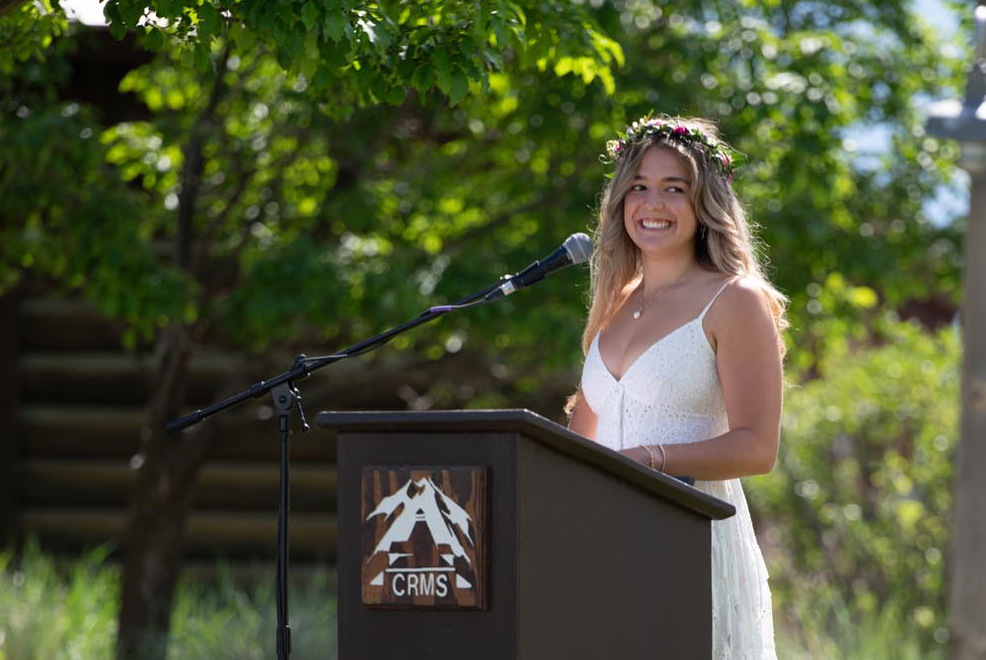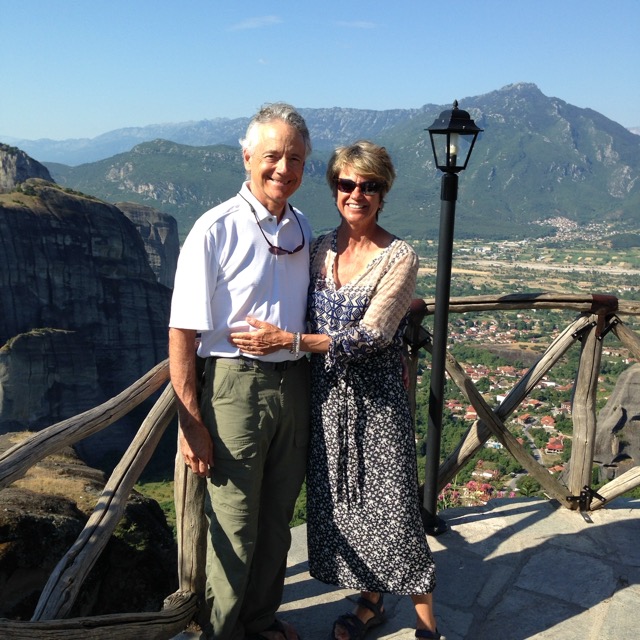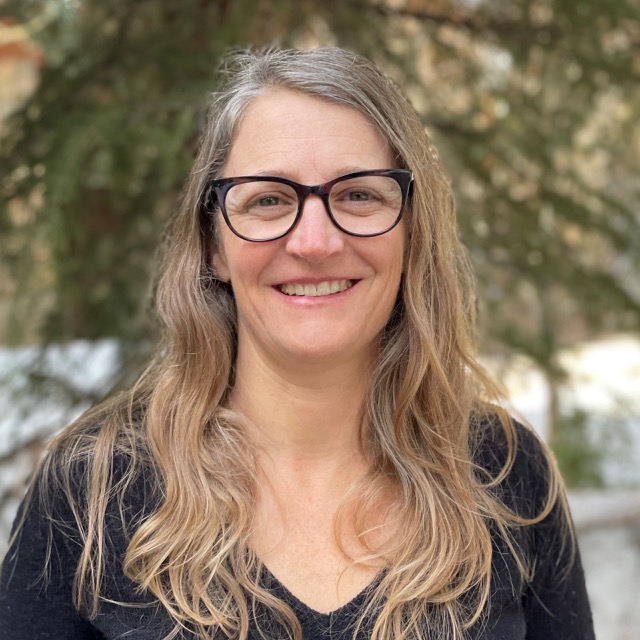Teaching with a Purpose
A school is measured to a significant degree by the quality of its teachers. At CRMS, Annual Fund dollars are earmarked to ensure that the school can recruit and retain passionate and high-quality staff.
“My co-workers are the most dedicated people I’ve ever met,” says Environmental Science teacher Robin Colt. “They support their students and treat them as equals who can make a difference.”
There’s no better place to witness this philosophy in action than in Colt’s Environmental Science classes, where students are exposed to real-world environmental issues, current events, potential career options, and hands-on science in the form of field work and labs.
Classes begin in the fall with a discussion of student connection to place, then move into units exploring topics that range from ecological interdependence to geological processes. Using tie-ins to local issues is a common occurrence. In the fall, students helped problem-solve an environmental dilemma in CRMS’s backyard. Cattle grazing on CRMS property were getting through a broken fence and degrading the riparian corridor along the river. Working with the rancher, CRMS, and local nonprofit entity Aspen Valley Land Trust, the students researched the issue and proposed three possible solutions. At other times, they’ve analyzed soil in the CRMS gardens to offer amendments and tackled issues like climate change and global warming by meeting with local ski industry officials and writing letters to politicians regarding the declining snowpack. Discussions analyzing current events like the Paris Accord are common, as are creative small-group projects. Students participate in at least eight labs per year.
Time in Colt’s class is not just about an understanding of environmental issues. “I want students to walk away with time-management skills, executive-function skills, how to read and notate a text, how to write a scientific abstract. They’ll need these skills for college.”
This is especially true for the AP Environmental Science class, where the breadth of material covered is ratcheted up substantially. Colt’s passion, teaching style, and efforts have paid off, however. Nearly every AP Environmental Science student scored a 4 or 5 on the AP exam last year. Colt modestly attributes the success of her students to the small class size, and the passion students themselves bring to the class.
“Kids are so motivated,” she said. “My philosophy is to direct that motivation. It’s not about teaching to a test. It’s about dialogue, problem-solving, hands-on learning, and the American landscape around us that we can use as a classroom.”
And although Colt sets the curriculum for her students, she’s willing to learn alongside them. In June 2017, Colt volunteered to be a reader for the AP Environmental Sciences exam, where she read thousands of essays that gave her a better idea of how to refine her teaching. This level of dedication is not unusual for CRMS staff, who can tap into Annual Fund and endowed gift dollars to further their professional goals.
“The faculty constantly wants to improve, and that sets them apart,” Colt said. “The fact that there’s funding available for teachers to do professional development work here is special and unique.”
 MYCRMS
MYCRMS
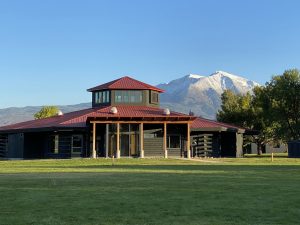
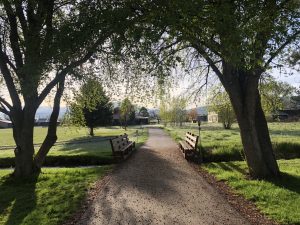
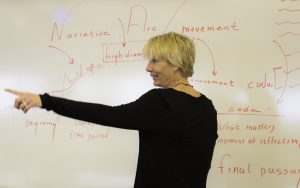
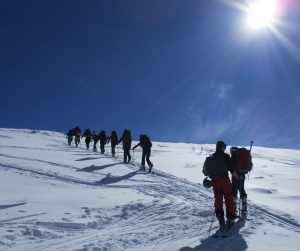

 Virtual Tour
Virtual Tour